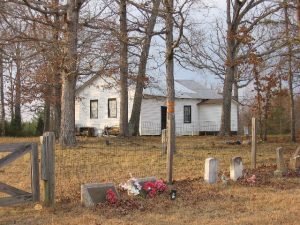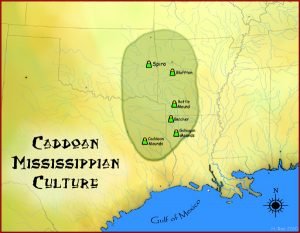Virginia African American Cemeteries – Black Cemeteries
Cemeteries provide us with a unique link to our past. The following list shows Virginia African American cemeteries which primarily contain people of color. You should also check Access Genealogy Cemeteries for additional listings. Accomack County Virginia African American Cemeteries Christ Union Baptist Cemetery Odd Fellows Cemetery Albemarle County Virginia African American Cemeteries Hosted at Carter G. Woodson Institute Blenheim Cemetery Doyle’s River Plantation Hearns Curry Cemetery Hugh Carr Cemetery Maruy Family Cemetery Maple Wood Cemetery Oakwood Cemetery Rose Hill Cemetery Daughters of Zion Cemetery African American Cemeteries in Albemarle & Amherst Counties Virginia contains thousands of family burial grounds and … Read more


